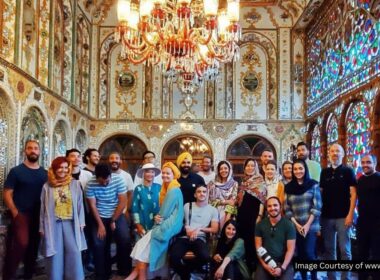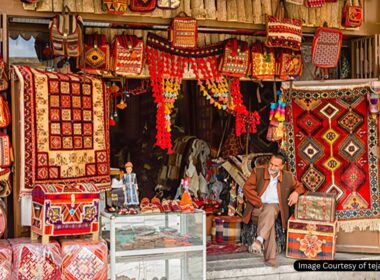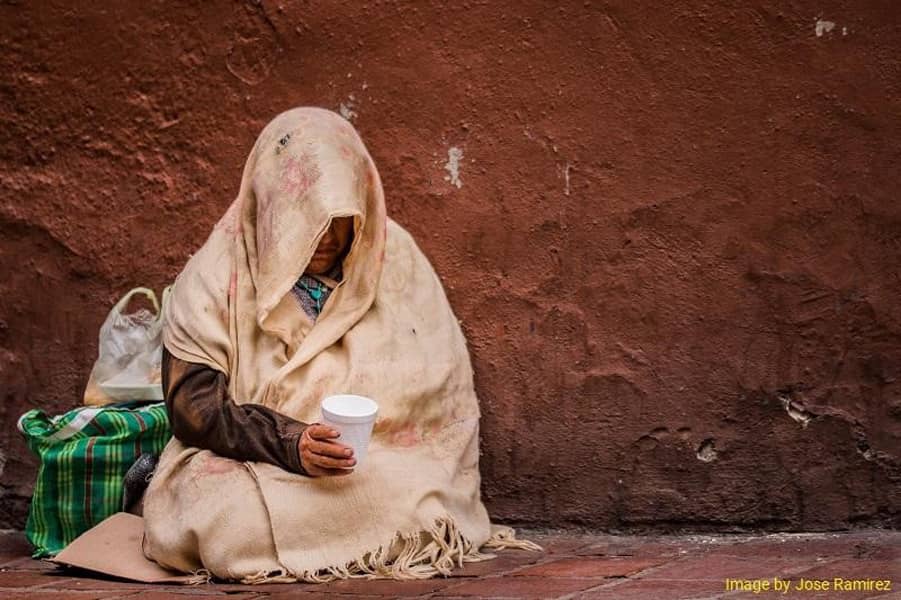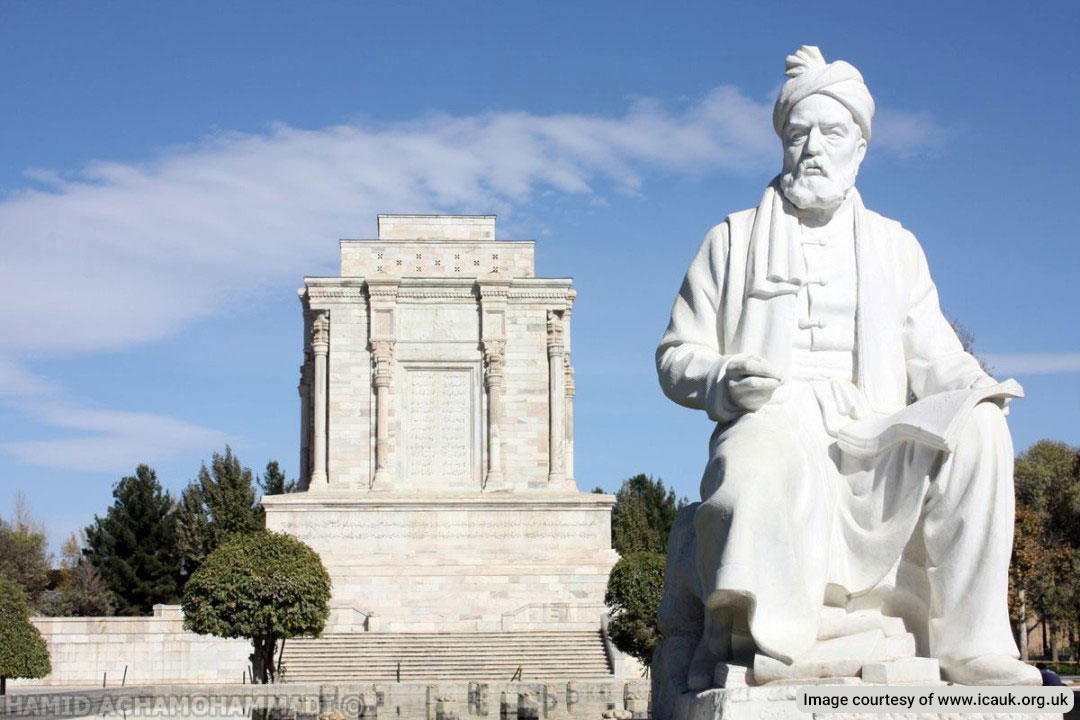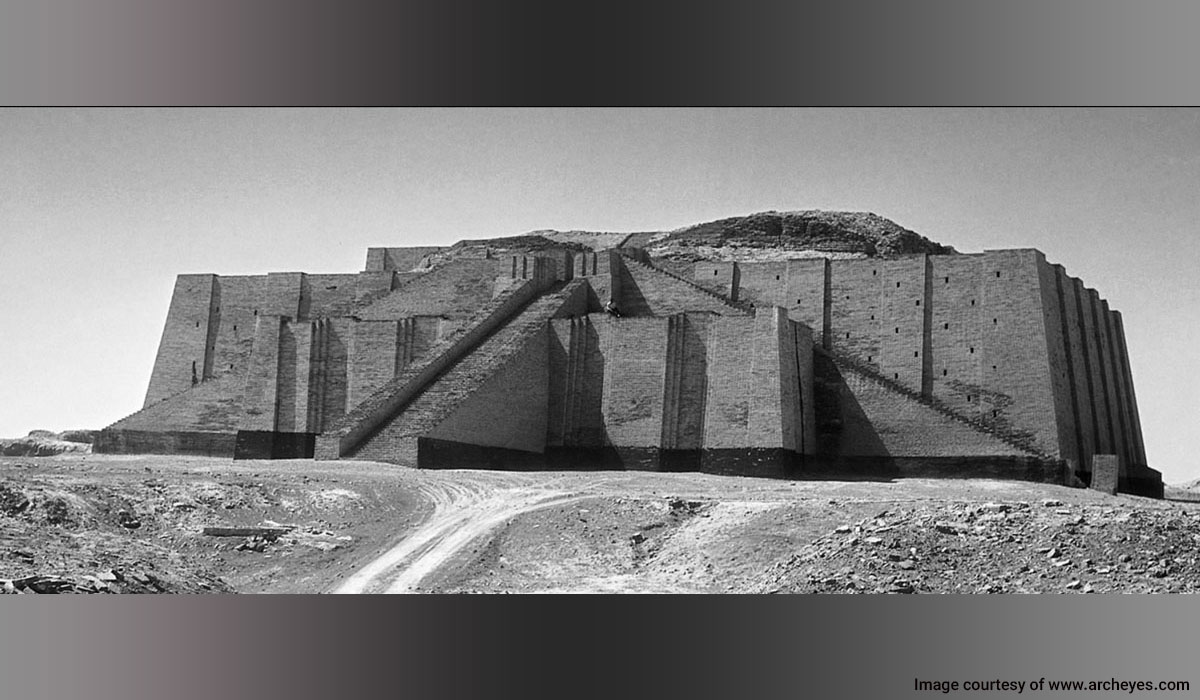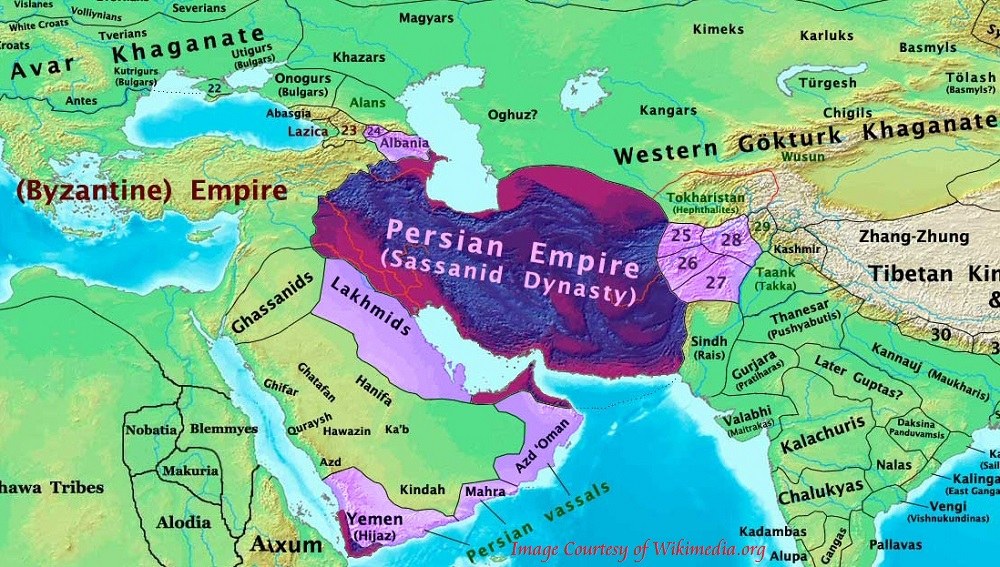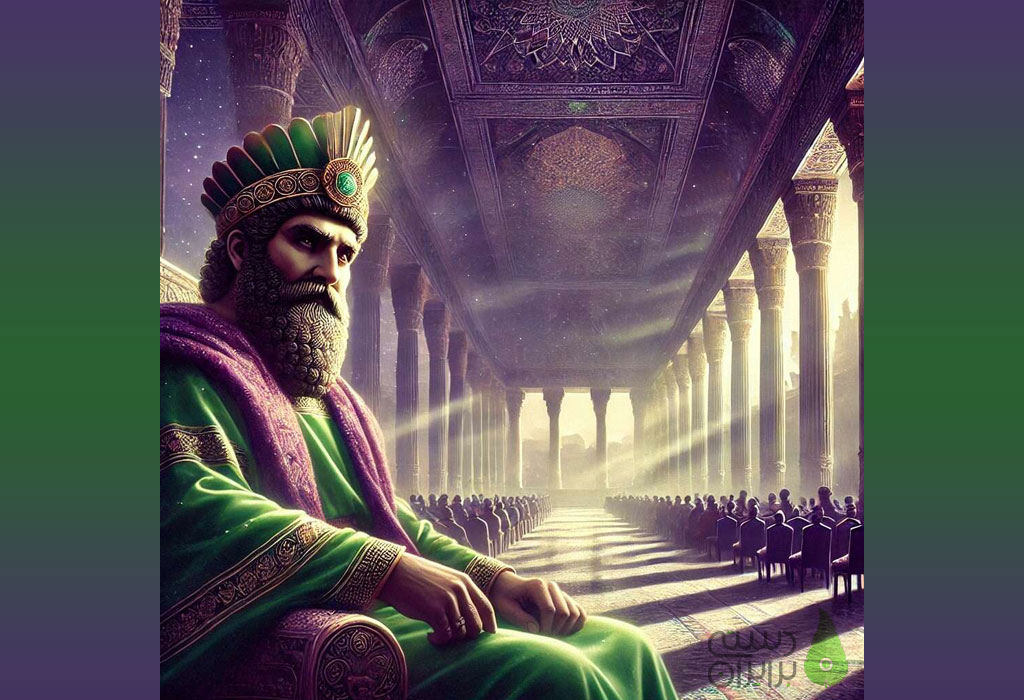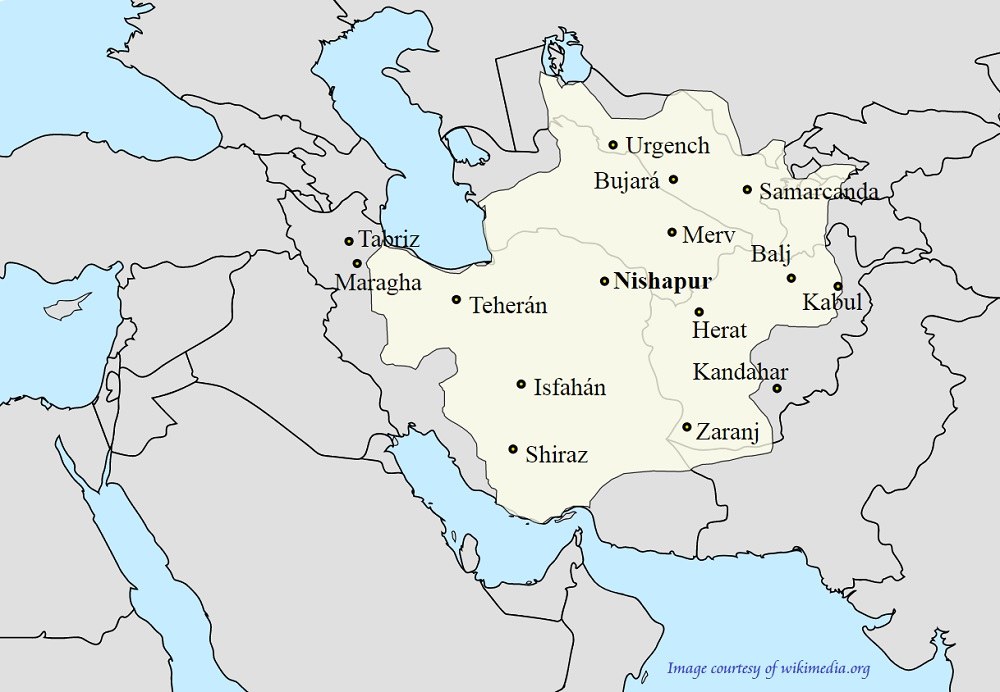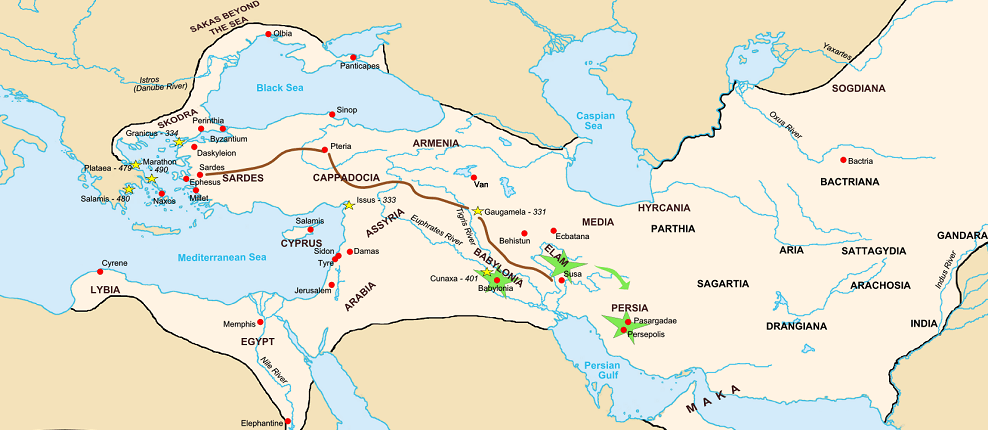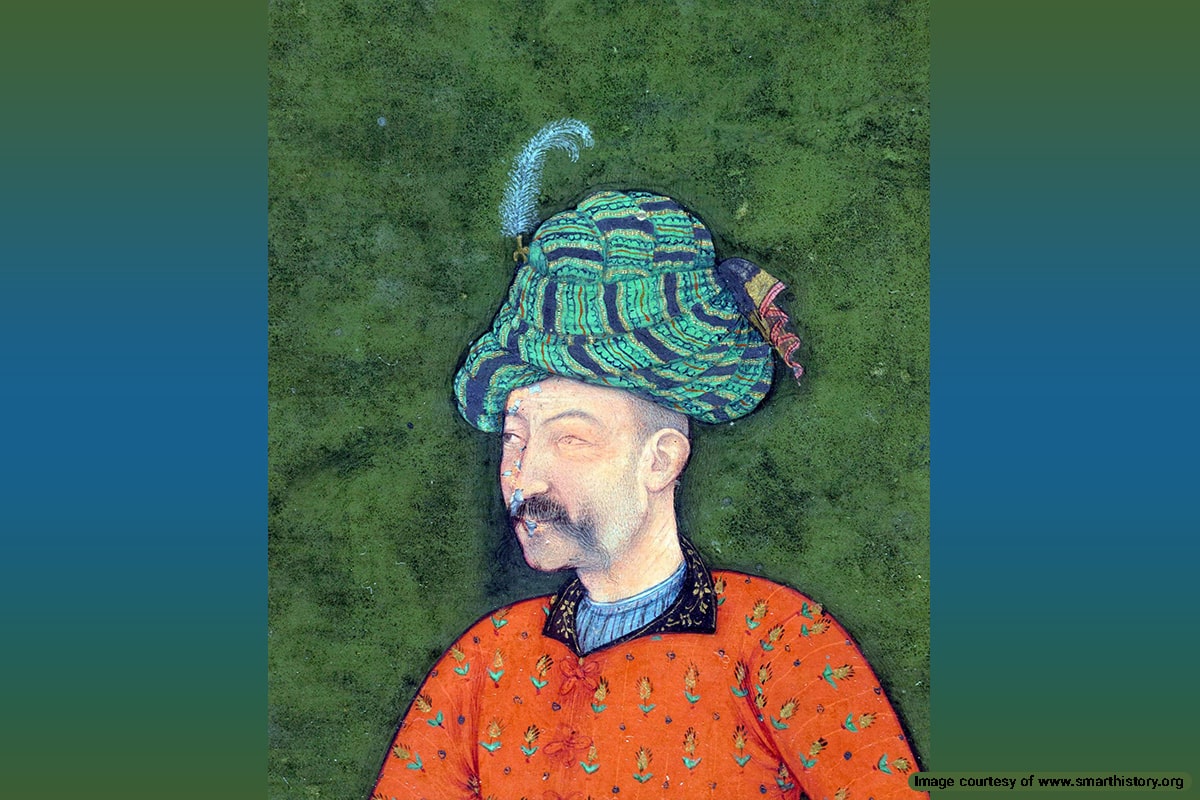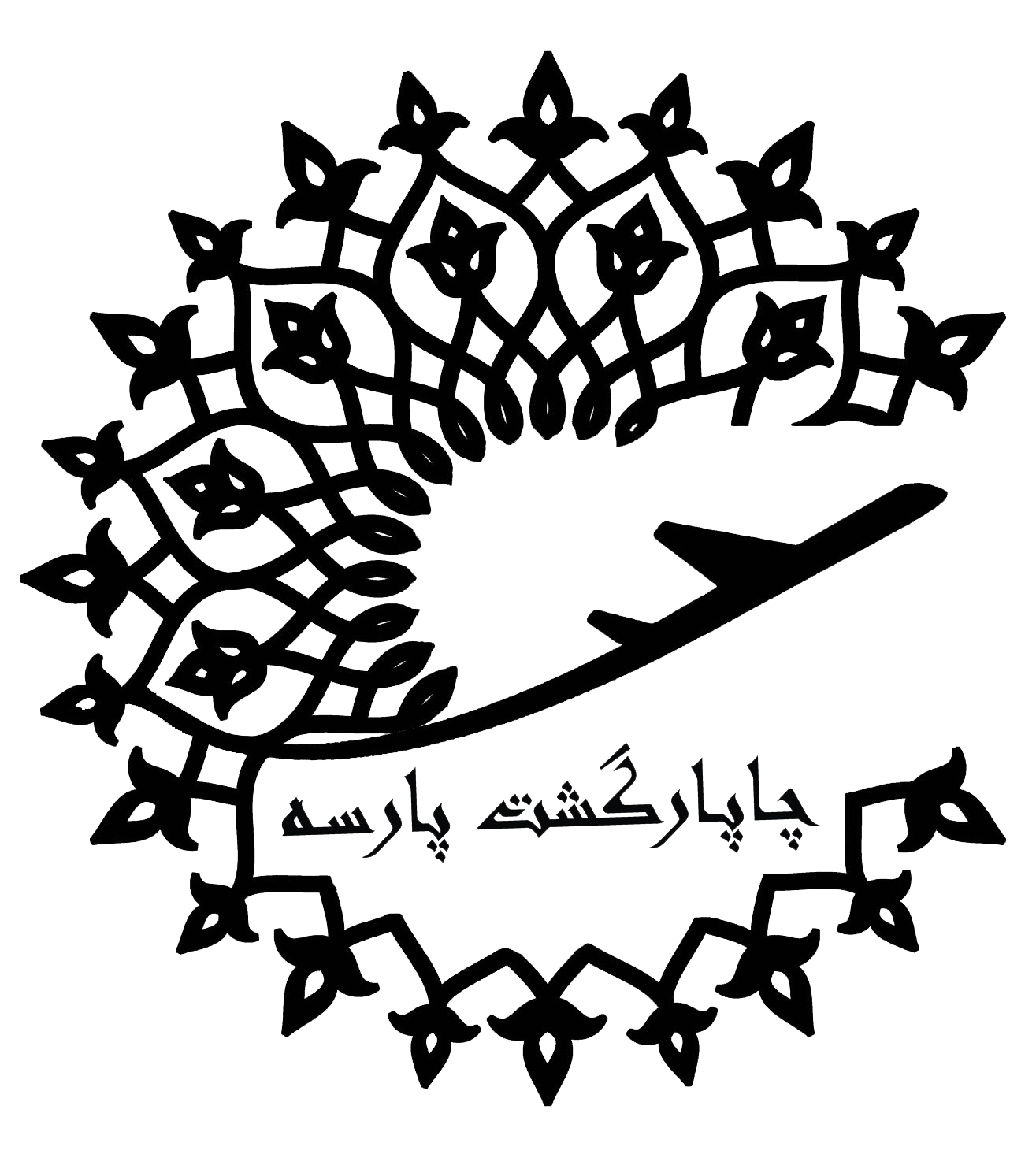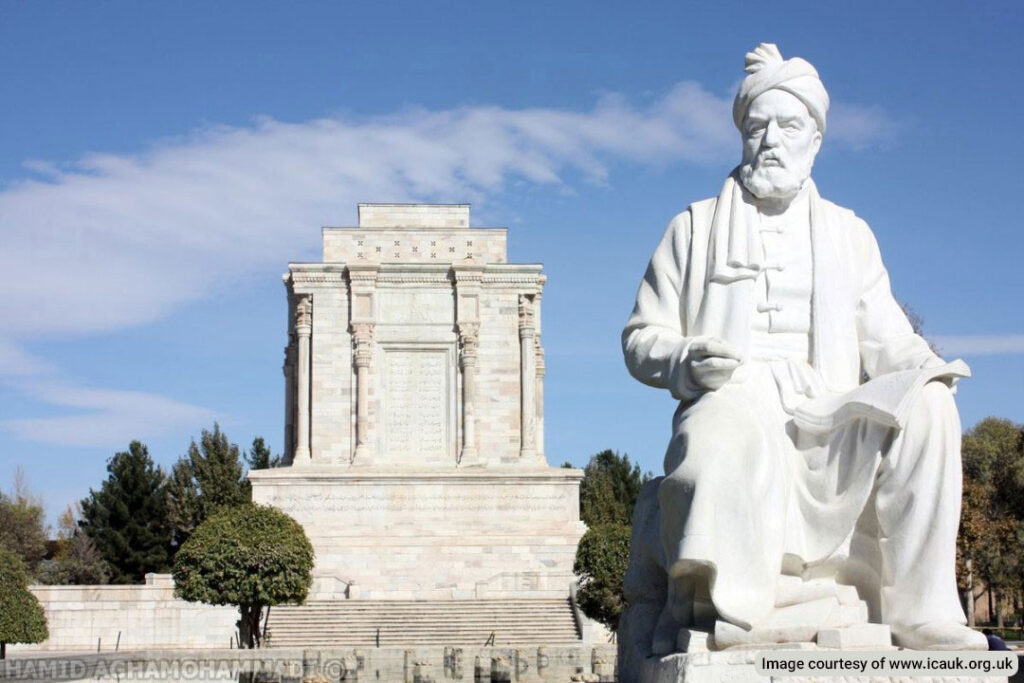
Persian ethnicity, central to the rich cultural tapestry of Iran, boasts a heritage that stretches back thousands of years. The Persians, predominantly residing in the central plateau of Iran, are descendants of the ancient Indo-Iranian people who established some of the world’s earliest civilizations. This ethnicity is characterized by its profound contributions to culture, language, and religion, forming the cornerstone of Persian identity.
Today, the Persian people are the largest ethnic group in Iran and continue to play a significant role in the country’s cultural, political, and social life. Persian language (Farsi) remains the official language of Iran, and Persian literature and art continue to be celebrated worldwide as part of the family of Indo-Iranian languages.
Historical Background of the Persian People
The Persian people, also known as Iranians, have a rich and storied history that dates back thousands of years. The historical background of the Persian people is a testament to their resilience, cultural richness, and enduring legacy. Here are some key points in their historical background:
Persian Ethnicity Origins
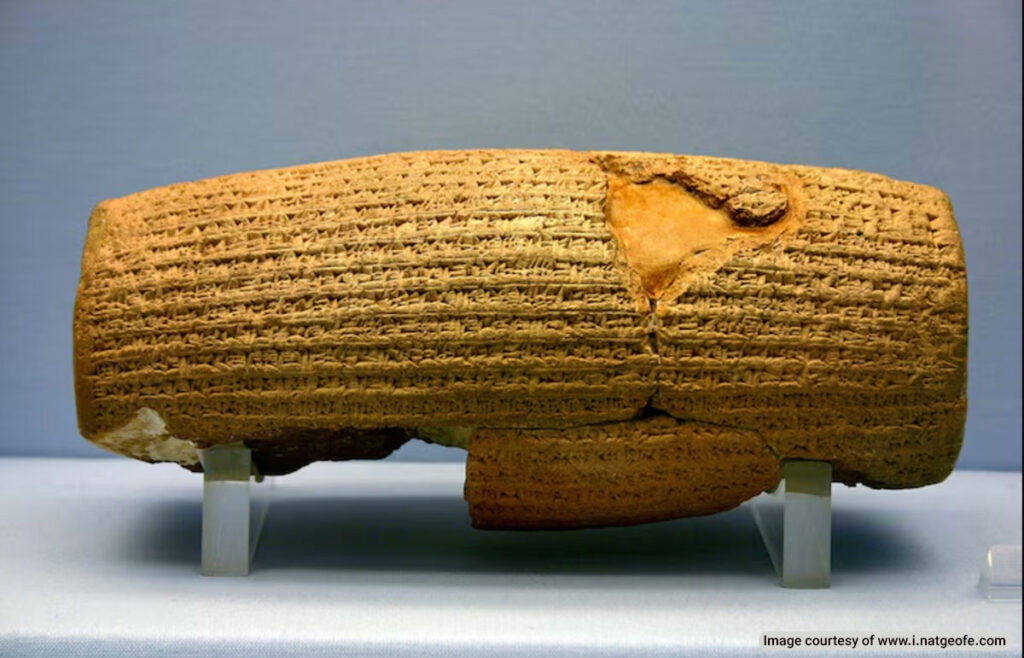
The ancient Persians were an Indo-Iranian people who migrated to the Iranian plateau during the end of the second millennium B.C. They were originally pastoral people who roamed the steppes with their livestock.
Formation of the Persian Empire: The first Persian Empire, known as the Achaemenid Empire, was founded by Cyrus the Great around 550 B.C. This empire became one of the largest and most powerful in history, stretching from the Balkans to the Indus Valley.
The Achaemenid Empire was known for its cultural and religious tolerance. Cyrus the Great is remembered for his respect for the customs and religions of the lands he conquered2. The empire also facilitated the spread of Zoroastrianism, which became the dominant religion of Persia.
Golden Age: Under Darius the Great and Xerxes, the Persian Empire reached its zenith. Darius introduced administrative reforms, standardized currency, and built an extensive road network1. The empire’s capital, Persepolis, became a symbol of its grandeur.
Decline and Conquest: The Persian Empire began to decline under the reign of Xerxes and was eventually conquered by Alexander the Great in 331 B.C. Despite this, Persian culture and influence persisted, influencing subsequent empires and cultures.
Medieval and Modern Periods: After the fall of the Achaemenid Empire, Persia saw the rise of other dynasties such as the Parthians and the Sasanians. The Sasanian Empire, in particular, is remembered for its contributions to art, architecture, and literature4.
Islamic Conquest: In the 7th century, Persia was conquered by the Islamic Caliphate, leading to the gradual conversion of the population to Islam. Despite this, Persian culture and language continued to thrive and influence Islamic civilization.
Demographics and Distribution of Persians in Iran
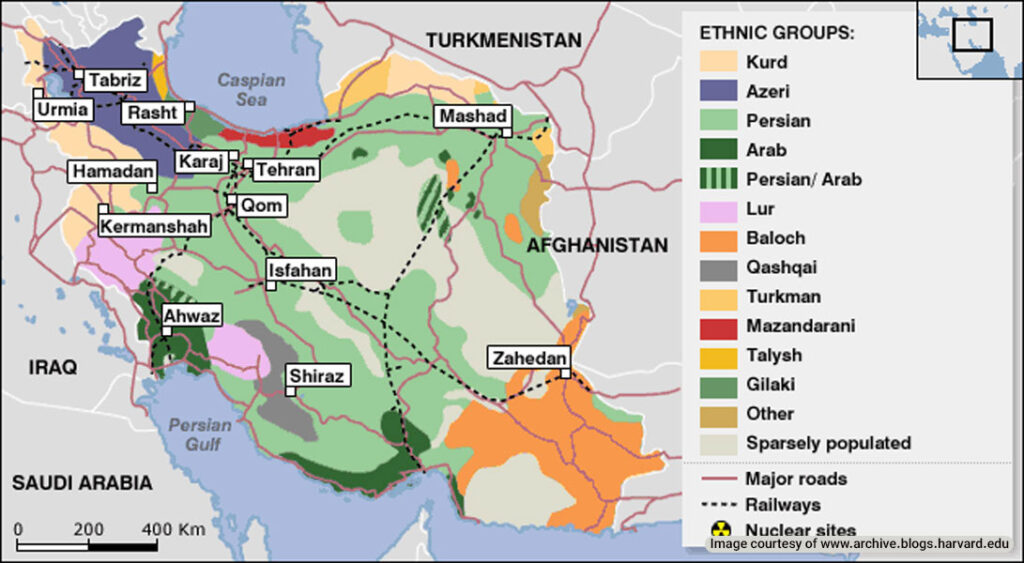
The Persian people, also known as Iranians, are the largest ethnic group in Iran. Persians make up approximately 50-60% of Iran’s population. Estimates vary, with some sources suggesting they constitute around 51% while others claim up to 65%.
Geographical Distribution
Persians are predominantly found in the central plateau of Iran, including major cities like Tehran, Isfahan, and Shiraz. They also inhabit regions such as Fars, Khuzestan, and parts of the northern provinces. While Persians are the majority, Iran is home to various other ethnic groups, including Kurds, Azeris, Lurs, and Balochs. These groups contribute to the country’s rich cultural diversity.
The Persian Language
The Persian language, Farsi, is a direct descendant of Old Persian and has evolved through the centuries to become a significant cultural and literary medium. Persian literature, with its masterpieces by poets such as Hafez, Rumi, and Ferdowsi, continues to be revered both within Iran and globally.
Evolution of The Persian Language
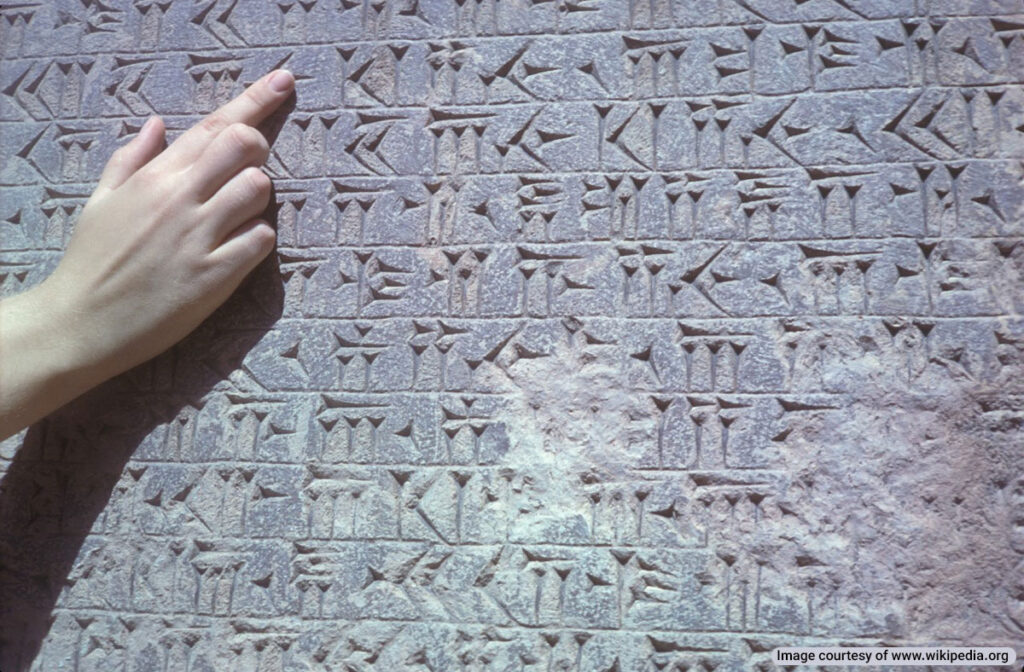
The Persian language is one of the oldest living languages in the world. Its origins can be traced to before the Achaemenid empire. Take a look at the progress it has made over the past two millennia:
Old Persian (c. 600 BCE – 300 BCE): The earliest form of Persian, used during the Achaemenid Empire. It was written in cuneiform script and mainly found in royal inscriptions and official documents.
Middle Persian (300 BCE – 900 CE): Also known as Pahlavi, this form of Persian was used during the Parthian and Sasanian periods. It transitioned from cuneiform to a unique script derived from the Aramaic alphabet. Middle Persian was the language of administration, literature, and religious texts.
Classical Persian (900 CE – 1500 CE): This period marks the emergence of New Persian or Classical Persian, which began to be written in the Arabic script after the Islamic conquest of Persia. The language evolved significantly, incorporating numerous Arabic words and phrases. This era is renowned for its literary achievements, with poets like Ferdowsi, Hafez, Rumi, and Saadi creating timeless works.
Modern Persian (1500 CE – Present): The language continued to evolve, becoming the modern standard of Persian we know today. It remains the official language of Iran and is spoken in Afghanistan (where it is known as Dari) and Tajikistan (where it is called Tajik).
Persian has influenced many languages, especially in the Indian subcontinent, due to centuries of Persian cultural and political dominance. Urdu, for example, has borrowed extensively from Persian in terms of vocabulary and literary forms.
Persian remains the primary language of communication in Iran and is an official language in Afghanistan and Tajikistan. It is also spoken by millions of people in the Persian diaspora worldwide. It is studied globally for its historical, cultural, and geopolitical significance. It is an important language in Middle Eastern and Central Asian studies and continues to play a crucial role in diplomacy and international relations in the region.
The Role of Persian Literature and Poetry
Persian literature and poetry hold a venerable place in the cultural history of Iran and have significantly influenced global literary traditions. Their richness and depth reflect the intellectual and artistic achievements of the Persian-speaking world over centuries.
Persian poetry often intersects with other forms of art, including calligraphy, painting, and music. The illustrated manuscripts of Persian poems are masterpieces of art, while musical renditions of poetic works continue to be popular.
Contemporary Persian poets continue to draw inspiration from classical traditions while addressing modern themes and issues. Persian poetry remains a vibrant and dynamic part of Iranian cultural life, resonating with new generations.
Religion and Beliefs Among Persians
The religious landscape among Persians has evolved significantly over centuries, reflecting the rich tapestry of spiritual traditions and beliefs that have shaped Persian identity.
Zoroastrianism
Zoroastrianism, founded by the prophet Zoroaster (or Zarathustra) around the 6th century BCE, is one of the world’s oldest monotheistic religions. It was the dominant religion of Persia before the advent of Islam. Even after the decline of Zoroastrianism following the Islamic conquest, its ethical teachings and cultural practices have continued to influence Persian culture.
Islam
Islam was introduced to Persia in the 7th century following the Arab conquest. Over time, Persia became predominantly Muslim, significantly shaping its cultural and social fabric. Today, the majority of Persians are Shia Muslims, particularly Twelver Shia, which emphasizes the lineage of twelve Imams who are considered the rightful successors of the Prophet Muhammad.
Religious Practices: Shia Islam in Persia is marked by unique religious practices such as the commemoration of Ashura, mourning the martyrdom of Imam Hussein, and the observance of other significant events in the Islamic calendar.
Other Religions Among Persians
Christianity and Judaism: Historically, there have been small but significant communities of Christians and Jews in Persia. These communities have contributed to the cultural and religious diversity of the region.
Bahá’í Faith: Originating in Persia in the 19th century, the Bahá’í Faith emphasizes the unity of all religions and the equality of all people. Despite facing persecution, it has a substantial following worldwide.
Persian Philosophy Throughout History
Persian philosophy has a rich and diverse tradition that spans several millennia, reflecting the deep intellectual and spiritual heritage of the Persian people. It encompasses a wide range of philosophical thoughts and schools, influenced by various cultural, religious, and intellectual movements throughout history.
Ancient Persian Philosophy
The teachings of Zoroaster (or Zarathustra) form the foundation of ancient Persian philosophy. Zoroaster’s dualistic view of the world, emphasizing the eternal struggle between good (Ahura Mazda) and evil (Angra Mainyu), and the concept of free will, had a profound impact on Persian thought and culture.
During the Achaemenid Empire, Persian philosophy was intertwined with religious and ethical teachings. The emphasis on justice, truth, and order (Asha) was central to the Achaemenid worldview.
Classical and Medieval Persian Philosophy
After the Achaemenid era, Persians continued to progress in various scientific fields including philosophy. Throughout the Sassanid era, two key religions developed that were more ideological than spiritual:
Manichaeism: Founded by the prophet Mani in the 3rd century CE, Manichaeism was a syncretic religion that combined elements of Zoroastrianism, Christianity, and Buddhism. It spread widely and influenced Persian and broader Middle Eastern thought.
Mazdakism: Mazdak, a 5th-century Persian reformer, preached social justice, communal ownership, and equality. His ideas were revolutionary and aimed at addressing social inequalities and corruption.
Persian Philosophy in the Islamic Golden Age
The Persians had a significant impact on the Islamic Golden Age. Iranian scholars shaped the evolution of Islamic scientific discourse and were an indistinguishable aspect of its development. The following scholars are among the most famous Islamic Golden Age philosophers of Persian origin:
Avicenna (Ibn Sina): One of the most influential Persian philosophers and polymaths of the Islamic Golden Age, Avicenna made significant contributions to philosophy, medicine, and science. His works, such as The Book of Healing and The Canon of Medicine, integrated Aristotelian philosophy with Islamic thought, laying the foundation for later Islamic and Western philosophy.
Al-Farabi: Known as the “Second Teacher” after Aristotle, Al-Farabi’s works on political philosophy, metaphysics, and ethics were highly influential. He sought to reconcile Greek philosophy with Islamic teachings.
Al-Ghazali: While Al-Ghazali was critical of some of the rationalist philosophers, his works on mysticism, theology, and philosophy, particularly The Incoherence of the Philosophers, played a crucial role in shaping Islamic thought and Sufism.
Modern Persian Philosophy
Persian philosophy, with its rich blend of religious, ethical, and metaphysical ideas, continues to offer profound insights into the human condition and the pursuit of truth. Its enduring legacy reflects the deep intellectual heritage of the Persian people, influencing both Eastern and Western thought. Here are two key figures in contemporary Persian philosophy:
Seyyed Hossein Nasr: A contemporary philosopher and scholar, Nasr has written extensively on Islamic philosophy, Sufism, and traditionalism. His works advocate for the preservation of spiritual and intellectual traditions in the face of modernity.
Dariush Shayegan: Known for his studies on cultural and philosophical issues, Shayegan explored the interactions between Eastern and Western thought, examining the challenges of modernity and globalization.
Preservation of Persian Cultural Heritage
The preservation of Persian cultural heritage is a vital endeavor that spans efforts to protect and promote the historical, artistic, and intellectual achievements of Persian civilization. This includes the safeguarding of architectural monuments, literary works, traditional arts, and cultural practices.
Architectural and Archaeological Preservation
Many significant historical sites, such as Persepolis, Pasargadae, and the fire temples, are maintained and protected as UNESCO World Heritage sites. These efforts ensure that these landmarks are preserved for future generations and recognized for their global cultural importance.
Extensive restoration projects are undertaken to repair and maintain ancient structures. This includes the use of traditional materials and techniques to retain the authenticity of these historical sites.
Cultural Heritage Programs
Museums play a crucial role in preserving Persian cultural heritage. Institutions such as the National Museum of Iran house extensive collections of artifacts, manuscripts, and artworks that chronicle the rich history of Persia.
Universities and research institutions around the world conduct studies on Persian history, language, and culture. This academic work helps in documenting and understanding the nuances of Persian heritage.
Preservation of Language and Literature
Efforts to promote and teach the Persian language are critical to preserving its literary heritage. This includes language courses, literary festivals, and the publication of classical and contemporary works.
The digitization of ancient manuscripts and literary works ensures that these invaluable texts are preserved and accessible to a wider audience. Digital archives provide researchers and enthusiasts with access to rare documents that might otherwise be lost.
Traditional Persian Arts and Crafts
Traditional crafts such as carpet weaving, miniature painting, and tilework are promoted and preserved through cultural festivals, workshops, and craft schools. These initiatives help maintain the skills and knowledge passed down through generations.
Traditional music, dance, and theater are essential components of Persian cultural heritage. Efforts to document and promote these performing arts ensure their continued relevance and appreciation.
The Enduring Legacy of the Persian Ethnicity
The Persian ethnicity has left an indelible mark on the world, with contributions that span various domains such as culture, language, religion, and intellectual achievements. This legacy continues to shape the identity of Iran and influences cultures globally.
Modern Persian writers, artists, and filmmakers continue to explore and reinterpret their cultural heritage, addressing contemporary issues while remaining rooted in tradition. This dynamic interplay ensures that Persian culture remains vibrant and evolving.
The enduring legacy of the Persian ethnicity is a testament to its resilience, creativity, and profound influence on the world. This rich heritage continues to inspire and inform, offering valuable insights into the human experience and our shared cultural history.
Frequently Asked Questions About Persian Ethnicity
If you have any other questions about Persian ethnicity and culture, please let us know in the comments. We will respond as soon as possible.
Who are the Persian people?
The Persian people, also known as Iranians, are an ethnic group native to Iran. They are descendants of the ancient Indo-Iranian people who established some of the world’s earliest civilizations, including the Achaemenid, Parthian, and Sasanian Empires.
What language do Persians speak?
Persians speak Farsi, also known as Persian, which is the official language of Iran. Farsi has evolved through various stages, including Old Persian, Middle Persian, and Modern Persian, and it has a rich literary tradition.
What is the significance of the Persian language?
The Persian language is significant for its historical and cultural contributions. It has a rich literary heritage, with famous poets like Hafez, Rumi, Saadi, and Ferdowsi. Persian literature, art, and philosophy have greatly influenced both Eastern and Western cultures.
What religion do most Persians follow?
In recent history, the majority of Persians have been Shia Muslims, specifically followers of Twelver Shia Islam. Historically, Zoroastrianism was the dominant religion in Persia before the advent of Islam. There are also small communities of Christians, Jews, and Bahá’ís in Iran.
How have Persians contributed to science and philosophy?
Persian scholars like Avicenna (Ibn Sina) and Al-Khwarizmi made groundbreaking contributions to medicine, mathematics, astronomy, and philosophy. Their works laid the foundation for many modern scientific and intellectual advancements during the Islamic Golden Age.



